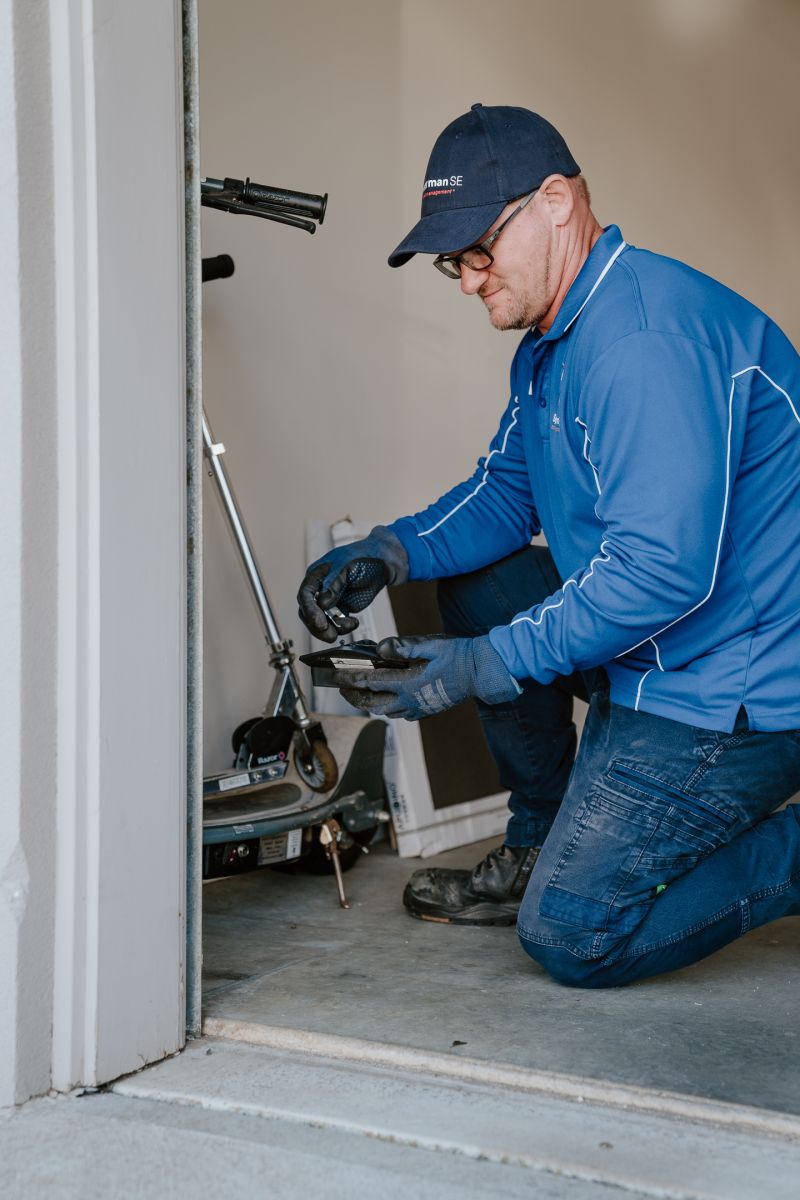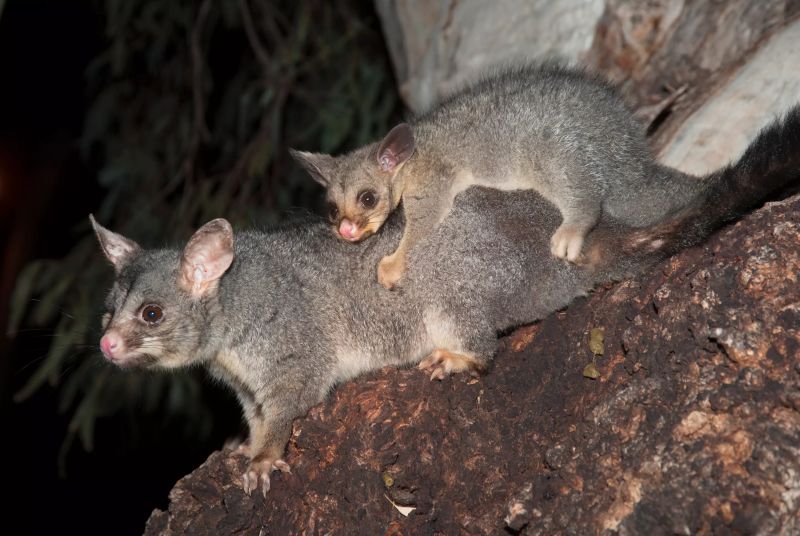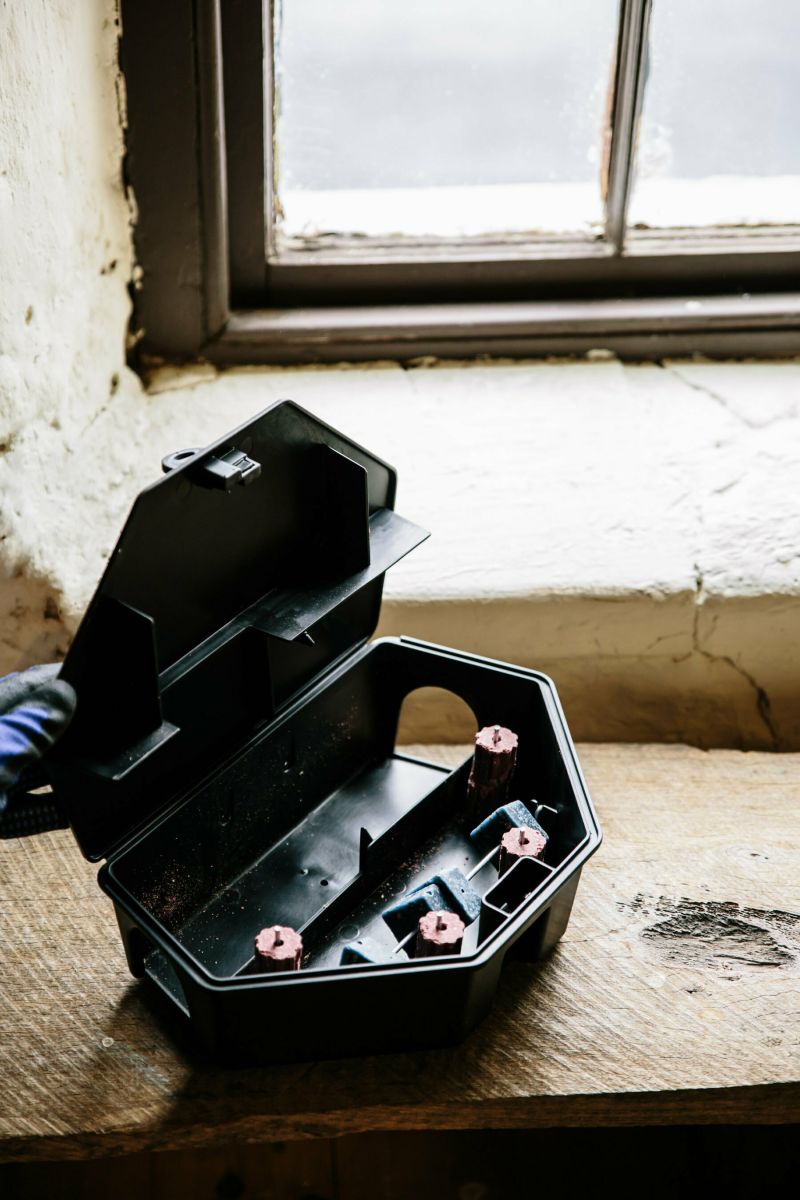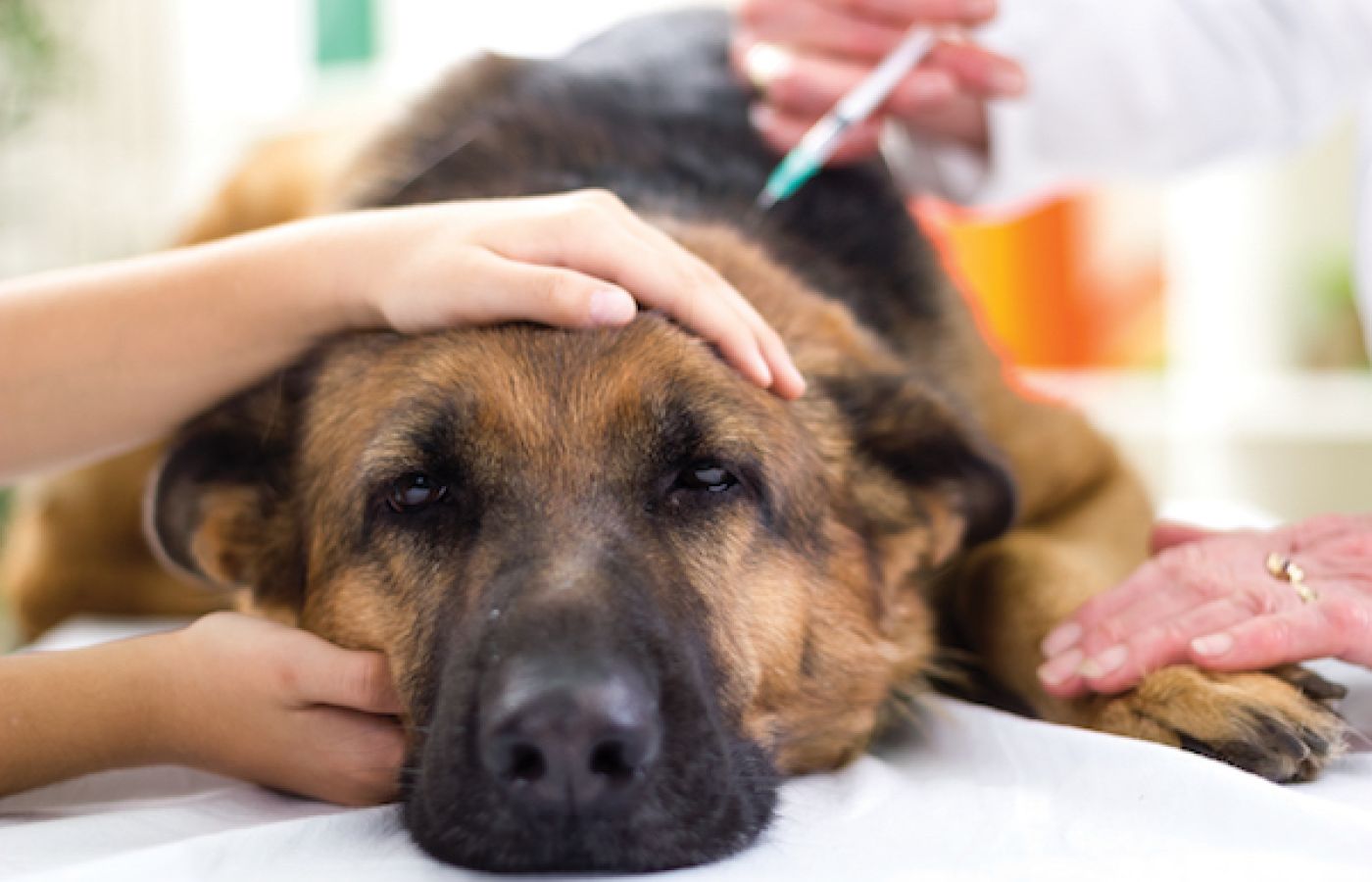
Accidental poisoning of children and pets by the ingestion of rodent baits is among the more common calls to the Poisons Information Line. In fact, rodenticide poison is the most common cause of poisoning amongst pre-school children. It is therefore vital that whenever a rodent treatment is carried out, that safety is the number one priority.
Unfortunately, with the easy access to rodenticides in supermarkets and hardware stores, it is all too easy for anyone to carry out a DIY rodent treatment. Without the appreciation of the risks involved and knowledge of rodent behaviour, it is often these DIY rodent treatments that lead to the accidental poisonings.
How do rodenticides work?
Rodent baits contain food, primarily grain and cereals, and a rodenticide. Most rodent baits use anticoagulant rodenticides. They work by causing the blood to thin, resulting in internal bleeding and death. Older rodenticides such as warfarin require several feeds and a larger dose to have a lethal effect, newer rodenticides are a lot more potent, so they can kill rodents “in a single feed”. Unfortunately, this also increases the risks when it comes to poisoning non-target animals.
Manufacturers try to reduce the risks by including a bittering agent in the bait to make it less palatable to children and pets, but it doesn’t always work. In addition, there is a range of native animals that can also be poisoned by accident during DIY rodent control efforts.
What does DIY rodent control look like?
The most common technique used in DIY rodent control is to throw bait into the roof void or into the sub-floor – “throw packs” are the favourite. The thinking is that this is where the rodents are and that these locations are generally out of the way of pets and children.
In many cases, the bait is literally just thrown into these areas, without any attempt to secure the bait or place it in bait stations. Securing the bait is important, as rodents will often move the bait around and can drag it into exposed areas. The result is that pets and other non-target animals can then also easily access the bait.
One of the other routes for accidental poisoning is through storing the baits in unlocked cupboards that can be easily reached by children and pets. It is all too common for curious children and pets to explore unlocked cupboards and eat whatever is inside!

Who is at risk of being poisoned?
Children are the number one concern in relation to poisoning. Whereas the baits do have a bittering agent in, it does not always prevent children from eating at least some bait. Whilst the amount eaten is rarely enough to result in death, it can make them quite poorly.
Pets are also a concern with respect to poisoning. As the baits are based on cereals, being carnivores, the chances of cats eating the bait are quite small. However, dogs will eat rodent bait with or without a bittering agent. As they will quite happily eat a large amount of bait in one go, they certainly can eat a lethal amount.
Native animals are also at risk from uncontrolled rodenticide use. Possums are the main risk as they often live in roof voids and will happily eat rodent bait. Note that the fines for harming or killing native wildlife are quite significant! There is also the risk of secondary poisoning. This is where a carnivore – typically a bird of prey, but it could be your cat – eats a rodent that has previously eaten the bait.
Signs of rodenticide poisoning
Even if you don’t use rodenticides yourself, it’s always worth knowing the signs of rodenticide poisoning, as sometimes it is possible for pets to eat rodent baits or dead rodents which have consumed bait from neighbouring properties.
- Weak, wobbly, unstable
- Nose bleeds
- Blood in vomit, stools
- Bleeding from rectum, gums
- Bruises under the skin
- Swollen stomach
- Difficulty in breathing
- Bloodied eyes
Rodenticide poisoning treatment
If children or pets are suspected to have come into contact with or ingested rodent bait they should be taken to the doctor or vet immediately. If bait has been eaten it is likely a series of vitamin K injections will be required to counter the effects of the anti-coagulant.

Why are professional rodent treatments the safer option?
Professional pest managers have expertise in rodent behaviour as well as knowledge of the most appropriate products to use.
Knowledge of rodent behaviour is vital as it ensures the correct bait is chosen for the species present and it is placed at the locations most likely to get feeding (rather than just throwing it into the roof and hoping for the best). Not only does this minimise bait use and contact with non-target animals, but ensures a fast result.
A range of professional products are available, that vary in format and potency. A professional will take into account the situations at the property to ensure the best and safest product is used.
At Spiderman SE, safety is always our number one priority. For rodent treatments, this includes three main actions:
- We always carry out a risk assessment when we come on-site
- We discuss any concerns with our customers before we start a treatment
- We always place any bait inside lockable bait stations

